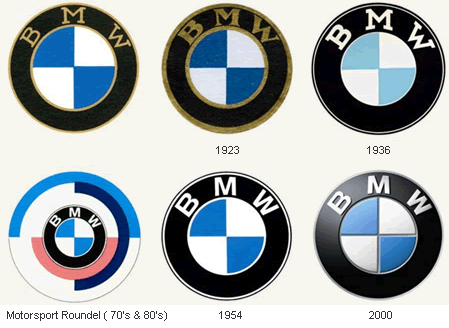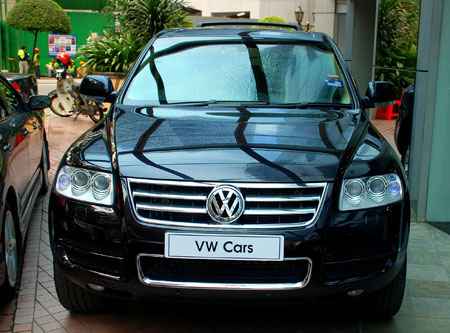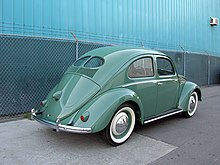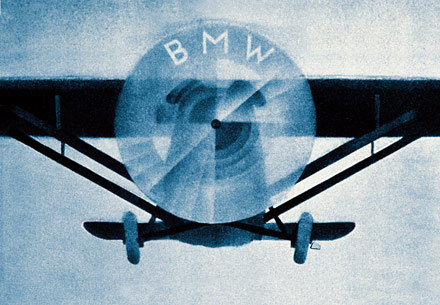Mercedes Benz blogspot.com
Selasa, 03 Juli 2012
Senin, 02 Juli 2012
VW Cars Blogspot.com
1937–1945: People's Car project becomes Kübelwagen
Volkswagen was originally founded in 1937 by the Nazi trade union, the German Labour Front (Deutsche Arbeitsfront).[3] In the early 1930s German auto industry was still largely composed of luxury models, and the average German rarely could afford anything more than a motorcycle. As a result only one German out of 50 owned a car. Seeking a potential new market, some car makers began independent "peoples' car" projects – Mercedes' 170H, Adler's AutoBahn, Steyr 55, Hanomag 1,3L, among others.The trend was not new, as Béla Barényi is credited with having conceived the basic design in the middle 1920s. Josef Ganz developed the Standard Superior (going as far as advertising it as the "German Volkswagen").[4][broken citation] Also, in Czechoslovakia, the Hans Ledwinka's penned Tatra T77, a very popular car amongst the German elite, was becoming smaller and more affordable at each revision. In 1933, with many of the above projects still in development or early stages of production, Adolf Hitler got involved, demanding the production of a basic vehicle capable of transporting two adults and three children at 100 km/h (62 mph). The "People's Car" would be available to citizens of the Third Reich through a savings scheme at 990 Reichsmark (US$396 in 1930s dollars)--about the price of a small motorcycle (an average income being around 32RM a week).[5][6]
Despite heavy lobbying in favour of one of the existing projects, it soon became apparent that private industry could not turn out a car for only 990RM. Thus, Hitler chose to sponsor an all-new, state-owned factory. The intention was that ordinary Germans would buy the car by means of a savings scheme ("Fünf Mark die Woche musst du sparen, willst du im eigenen Wagen fahren" – "Five marks a week you must put aside, if you want your own car to ride"), which around 336,000 people eventually paid into. Prototypes of the car called the "KdF-Wagen" (German: Kraft durch Freude – "strength through joy"), appeared from 1936 onwards (the first cars had been produced in Stuttgart). The car already had its distinctive round shape and air-cooled, flat-four, rear-mounted engine. The VW car was just one of many KdF programs which included things such as tours and outings. The prefix Volks— ("People's") was not just applied to cars, but also to other products in Europe; the "Volksempfänger" radio receiver for instance. On 28 May 1937, the Gesellschaft zur Vorbereitung des Deutschen Volkswagens mbH (sometimes abbreviated to Gezuvor[7]) was established by the Deutsche Arbeitsfront. It was later renamed "Volkswagenwerk GmbH" on 16 September 1938.[8]
Erwin Komenda, the longstanding Auto Union chief designer, developed the car body of the prototype, which was recognizably the Beetle known today. It was one of the first to be evolved with the aid of a wind tunnel, in use in Germany since the early 1920s.
The building of the new factory started 26 May 1938 in the new town of KdF-Stadt, now called Wolfsburg, which had been purpose-built for the factory workers. This factory had only produced a handful of cars by the time war started in 1939. None was actually delivered to any holder of the completed saving stamp books, though one Type 1 Cabriolet was presented to Hitler on 20 April 1938 (his 49th birthday).
War meant production changed to military vehicles, the Type 82 Kübelwagen ("Bucket car") utility vehicle (VW's most common wartime model), and the amphibious Schwimmwagen which were used to equip the German forces. As was common with much of the production in Nazi Germany during the war, slave labor was utilized in the Volkswagen plant. The company would admit in 1998 that it used 15,000 slaves during the war effort. German historians estimated the that 80% of Volkswagen's wartime workforce was slave labor.[citation needed] Many of the slaves were reported to have been supplied from the concentration camps upon request from plant managers. A lawsuit was filed in 1998 by survivors for restitution for the forced labor.[9] Volkswagen would set up a voluntary restitution fund.[10]
VW Cars Blogspot.com
BMW Logos blogspot.com
BMW

Source: Motorcycle
In 1913, Karl Friedrich Rapp and Gustav Otto founded two separate aircraft factories that would later merge to form BMW or Bayerische Motoren Werke AG
(Bavarian Motor Works). Rapp and Otto actually had little to do with
BMW’s manufacturing of cars. Josef Popp, Max Friz and Camillo
Castiglioni were the ones who played big roles in making BMW a modern
car manufacturer.circular BMW logo was a representation of a spinning propeller of a Bavarian Luftwaffe. At the time, aircrafts were painted with regional colors and the colors of the Bavarian flag were white and blue. It is said that the pilot saw the propeller as alternating segments of white and blue, hence the logo. The roundel was a nod to Karl Rapp’s original company.
During World War I, BMW was a major supplier of airplane engines
Update 3/6/08: Neatorama readers Dan S. and Bruce Kennedy who pointed out that the idea of BMW logo being derived from spinning propeller was actually an advertisement by the company (scroll down about halfway). Also thanks to klaus who pointed us out to the logo of EMW, which BMW took over in 1928.
BMW Logos blogspot.com
Minggu, 01 Juli 2012
Langganan:
Komentar (Atom)
















